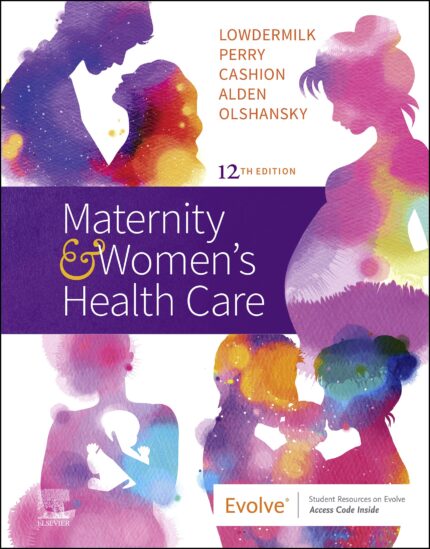Neonatal and Pediatric Respiratory Care by Perretta Test Bank
James: Nursing Care of Children: Principles and Practice, 3rd Edition
Do you need test banks fast? eTestBank.net is the best test bank website for you! Download your test bank right after you pay. No waiting!
Why eTestBank.net is Great:
✅ Instant Download:
Get your test bank right away after payment.
✅ Unlimited Downloads:
Download your test bank anytime and as many times as you want.
✅ 24/7 Live Help:
We are here to help you all day, every day.
✅ Guaranteed Delivery:
If you don’t get the download right away, we will send it to you in 3 to 6 hours.
How to Get Your Test Bank:
- Pick Your Test Bank: Choose from many test banks.
- Pay Safely: Pay securely on eTestBank.net.
- Download Instantly: Get your test bank immediately after payment.
- Download Anytime: Unlimited downloads whenever you need them.
Need Help? Contact Us:
📧 Email: [Support@etestbank.net]
📱 WhatsApp: [https://wa.me/message/MC222DLQ4GDXL1r]
Didn’t Get Your Download?
Don’t worry! If you don’t get the file right away, we’ll send it to you in 3 to 6 hours. Need it sooner? Contact us by email or WhatsApp.
💡 Buy now from eTestBank.net for instant downloads, unlimited access, and 24/7 support—get your test bank today!
Chapter 4 Respiratory Distress Syndrome
Multiple Choice
1. What week of gestation (wG) and birth weight combination is considered too premature and extremely unlikely for survival?
A. Less than 24 wG; less than 600 g birth weight
B. Less than 23 wG; less than 600 g birth weight
C. Less than 23 wG; less than 500 g birth weight
D. Less than 24 wG; less than 500 g birth weight
ANS: C
2. Which of the following statements about respiratory distress syndrome are true?
A. Higher incidences occur in males than in females.
B. Higher incidences occur in black fetuses than in white fetuses.
C. Males and females are affected equally.
D. Higher incidences occur in later gestational periods and at lower birth weights.
ANS: A
3. In the 1950s, hyaline membrane disease was initially identified by which of the following groups of characteristics?
A. Lung tissue has the consistency of the liver, alveolar capillaries engorged, and the majority of the parenchyma collapsed
B. Pink lungs instead of dull red, underdeveloped alveolar ducts, and respiratory bronchioles
C. No evidence of aeration, noncongested, and edematous
ANS: A
4. Which statement below best describes surfactants?
A. Chemical compound that functions to stabilize the liquid interface within the alveoli and to increase surface tension
B. Is made up of mostly glycoproteins
C. Helps reduce surface tension within lungs on exhalation
D! None of the above
ANS: C
5. At what period of gestation does mature surfactant begin to appear?
A. 24–28 weeks
B. 28–31 weeks
C. 31–34 weeks
D. 34–40 weeks
ANS: D
6. Dead space ventilation in infants with respiratory distress syndrome is frequently caused by which of the following?
A. Increased cardiac output
B. Excess of vascularization
C. Alveolar hyperinflation
D. Decrease in the alveolar-capillary membrane as a result of extreme prematurity
ANS: C











